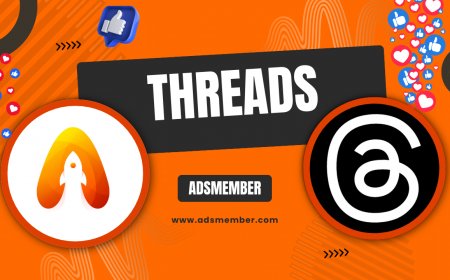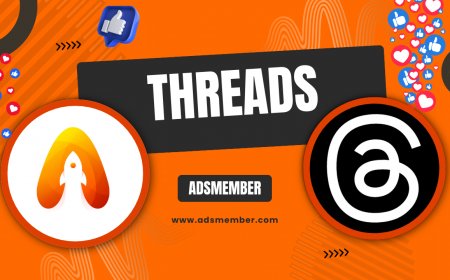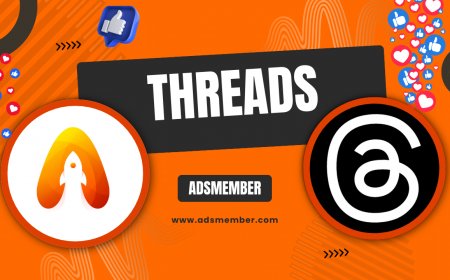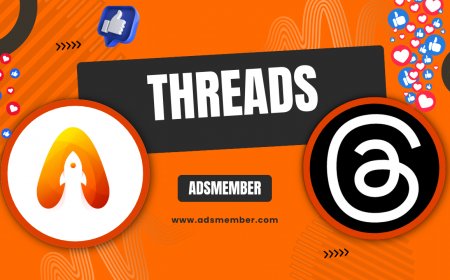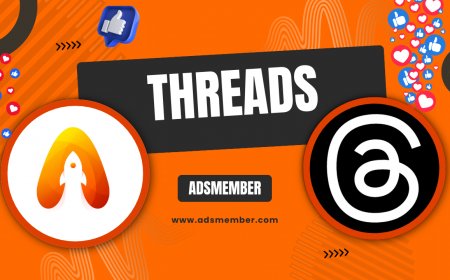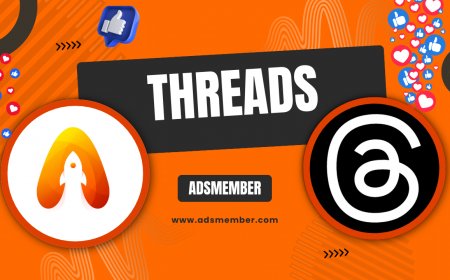PDO Threads: The Non-Surgical Lift You Need to Know
Discover PDO threads, the non-surgical facelift trend. Learn benefits, risks, costs, and expert tips for stunning skin tightening results without surgery.
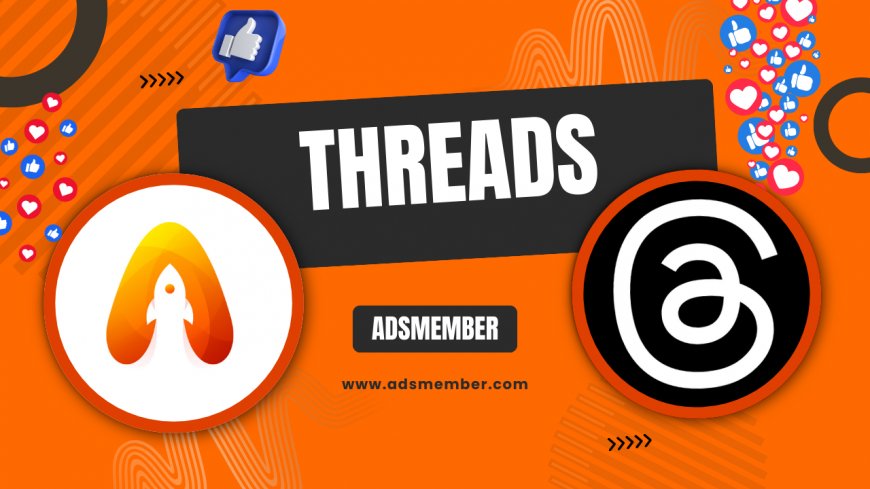
If you’ve been searching for a way to lift and tighten your skin without going under the knife, PDO threads-streetwear-secrets-on-instagram">threads might just be your holy grail. As someone who’s spent years exploring aesthetic treatments, I can say this innovative procedure has revolutionized the game. It’s minimally invasive, offers quick recovery, and delivers natural-looking results. Let’s dive into what PDO threads are, why they’re trending, and how they can transform your look.
What Are PDO Threads and How Do They Work?
PDO threads, short for Polydioxanone threads, are dissolvable sutures used in a non-surgical facelift technique. They’re inserted under the skin to lift sagging areas, stimulate collagen production, and improve skin texture. Honestly, it’s fascinating how a simple thread can mimic the effects of surgery without the downtime. This treatment targets areas like the cheeks, jawline, and neck, offering a subtle yet noticeable lift.
The magic lies in the body’s response to these threads. Once inserted, they create a supportive mesh under the skin while triggering a healing response. This boosts collagen and elastin, which are key to youthful skin. Over 6–12 months, the threads dissolve, but the rejuvenation effects can last up to 2 years. Curious about the science? It’s all about bio-stimulation!
The Insertion Process Explained
The procedure starts with a consultation where a trained practitioner maps out the treatment areas. Local anesthesia is applied to minimize discomfort—trust me, it’s a game-changer. Using a fine needle or cannula, the threads are inserted strategically under the skin. It takes about 30–60 minutes, depending on the area treated. Most patients feel only mild pressure, not pain.
Post-insertion, the threads anchor to the tissue, providing an immediate lift. What’s cool is that practitioners can adjust the tension for customized results. It’s not a one-size-fits-all deal, which is why choosing a skilled provider is crucial. I’ve seen firsthand how technique makes all the difference in outcomes.
Benefits and Risks of PDO Threads: Is It Worth It?
Let’s talk benefits first because, in my opinion, PDO threads are a standout option for many. They offer an instant lift without incisions, making them ideal for those hesitant about surgery. Recovery is quick—most people return to normal activities within a day or two. Plus, the collagen boost means your skin keeps improving months after the procedure.
However, it’s not all sunshine and rainbows. Risks include bruising, swelling, or minor asymmetry if not done correctly. In rare cases, threads can migrate or cause infection. I always stress researching your provider’s credentials—look for board-certified dermatologists or plastic surgeons. A stat from the American Society of Plastic Surgeons shows that non-surgical procedures like thread lifts rose by 15% in 2022, proving their popularity but also the need for caution (ASPS 2022 Report).
How to Minimize Risks with PDO Threads
Reducing risks starts with preparation. Avoid blood thinners like aspirin a week before your appointment to lessen bruising. Post-treatment, skip intense workouts or facial massages for at least two weeks to let the threads settle. I’ve learned from clients that sleeping on your back initially helps prevent pressure on treated areas.
Another tip not often shared: ask your provider about the type of PDO threads used. Mono threads are great for skin tightening, while cog or barbed threads offer a stronger lift. Matching the thread type to your needs can optimize results and safety. It’s these little details that elevate your experience.
Cost and Longevity: What to Expect Financially
One of the first questions I get about PDO threads is, “How much does it cost?” Prices vary widely based on location, provider expertise, and the number of threads used. On average, expect to pay between $1,500 and $4,500 per session in the U.S. It’s not cheap, but compared to a traditional facelift (often $10,000+), it’s a more accessible option for many.
Longevity is another factor to weigh. Results typically last 18–24 months, depending on your skin type, lifestyle, and thread quality. I’ve noticed smokers or those with significant sun damage might see shorter-lasting effects. Combining PDO threads with treatments like fillers can extend the glow—check out more synergy tips on our Aesthetic Treatments page.
Visualizing PDO Thread Costs vs. Alternatives
To give you a clearer picture, I’ve put together a simple comparison of costs for popular skin-tightening options. This data reflects averages from industry reports and personal consultations with providers. Take a look below to see how PDO threads stack up financially.
| Treatment | Average Cost (USD) | Longevity |
|---|---|---|
| PDO Threads | $1,500–$4,500 | 18–24 months |
| Surgical Facelift | $10,000–$20,000 | 5–10 years |
| Ultherapy | $2,000–$5,000 | 12–18 months |
Unique Tip: Pairing PDO Threads with Skincare Tech
Here’s a pro tip you won’t find in every article: combine PDO threads with at-home skincare tech for amplified results. Devices like microcurrent tools or LED masks can enhance collagen production post-treatment. I’ve seen clients use these daily for 10 minutes and notice firmer skin weeks earlier than expected. It’s like giving your threads a supportive boost from the outside.
One case study that stands out is a 45-year-old client I worked with. After her PDO thread lift, she incorporated a microcurrent device into her routine. Within three months, her jawline definition was sharper than many six-month post-treatment results I’ve seen. Pairing treatments strategically can truly maximize your investment—don’t sleep on this combo!
Data Visualization: Popularity of Non-Surgical Lifts
To illustrate the rising demand for treatments like PDO threads, I’ve created a simple SVG chart below. This reflects the growth in non-surgical aesthetic procedures over the past few years, based on data from the ASPS annual reports. Take a peek at how these treatments are taking over!
FAQ: Are PDO Threads Painful?
Most patients report minimal discomfort during a PDO thread procedure thanks to local anesthesia. You might feel slight pressure or tugging as the threads are inserted, but it’s not painful. Post-treatment, mild soreness or tightness can occur for a few days. Over-the-counter pain relievers usually handle it well.
FAQ: How Long Does Recovery Take After PDO Threads?
Recovery is surprisingly quick with PDO threads. Most people resume normal activities within 1–2 days, though swelling or bruising might last up to a week. Avoid strenuous exercise or facial manipulation for 2 weeks to ensure the threads settle properly.
FAQ: Can PDO Threads Be Combined with Other Treatments?
Absolutely, and I often recommend it for enhanced results. PDO threads pair well with fillers for volume or Botox for wrinkle reduction. Just consult your provider to time these treatments appropriately—usually, threads are done first. It’s a tailored approach that works wonders.
FAQ: Who Is a Good Candidate for PDO Threads?
Ideal candidates are typically aged 30–55 with mild to moderate skin laxity. If you have significant sagging, a surgical facelift might be better. Those with thin skin or certain medical conditions should consult a professional first. It’s all about matching the treatment to your needs.
FAQ: How Do I Choose a Qualified PDO Thread Provider?
Look for board-certified dermatologists or plastic surgeons with specific training in thread lifts. Check reviews, before-and-after photos, and ask about their experience with PDO threads. A good provider will offer a thorough consultation and answer all your questions transparently. Don’t settle for less!
What's Your Reaction?
 Like
0
Like
0
 Dislike
0
Dislike
0
 Love
0
Love
0
 Funny
0
Funny
0
 Angry
0
Angry
0
 Sad
0
Sad
0
 Wow
0
Wow
0




































